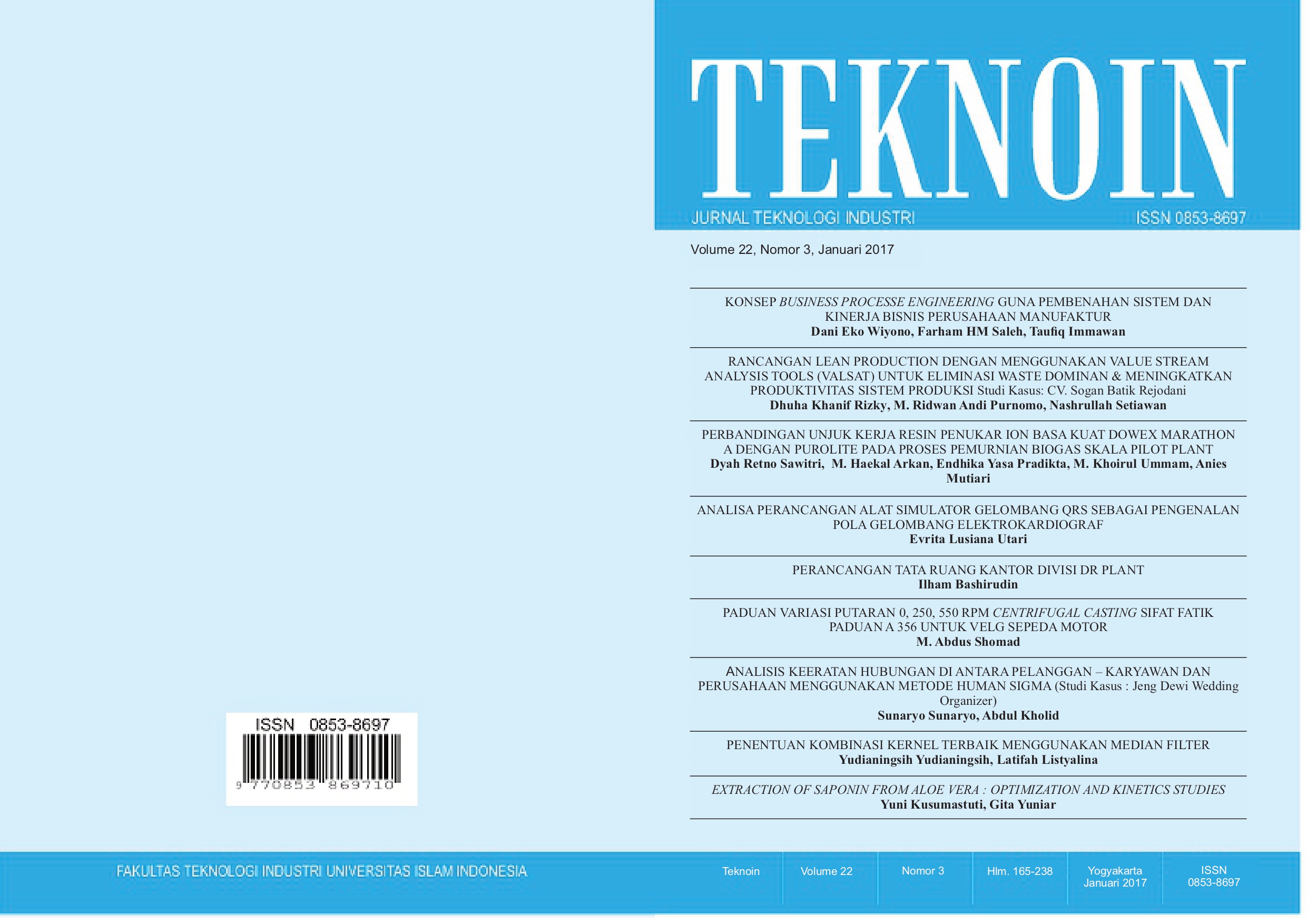Main Article Content
Abstract
Simulator machine of QRS wave has the input of PQRST as well as electrocardiograph wave parameter. The input of PQRST wave is tuned by setting the value of its amplitude and wavelength. The value is chosen based on the heart patients data that have been previously recorded. The validation value corresponds to the regulator value. Further, the validation value is compared to the short term electrocardiograph data that have been recorded for 5 minutes. The statistical and histogram based time domain analysis method are the two simplest analysis method of heart rate variation. The statistical analysis consists of two steps, i.e. the average and standard deviation of normal heart rate direct measurement. This measurement yields a negative deflection value of Q from R wave of 25%, a positive deflective value of R wave of 1.6-3 mV, and a negative deflection of S wave of 0.1-.5 mV.
Article Details
License
Authors who publish with this journal agree to the following terms:
- Authors retain copyright and grant the journal right of first publication with the work simultaneously licensed under a Creative Commons Attribution License that allows others to share the work with an acknowledgement of the work's authorship and initial publication in this journal.
- Authors are able to enter into separate, additional contractual arrangements for the non-exclusive distribution of the journal's published version of the work (e.g., post it to an institutional repository or publish it in a book), with an acknowledgement of its initial publication in this journal.
- Authors are permitted and encouraged to post their work online (e.g., in institutional repositories or on their website) prior to and during the submission process, as it can lead to productive exchanges, as well as earlier and greater citation of published work (See The Effect of Open Access).
